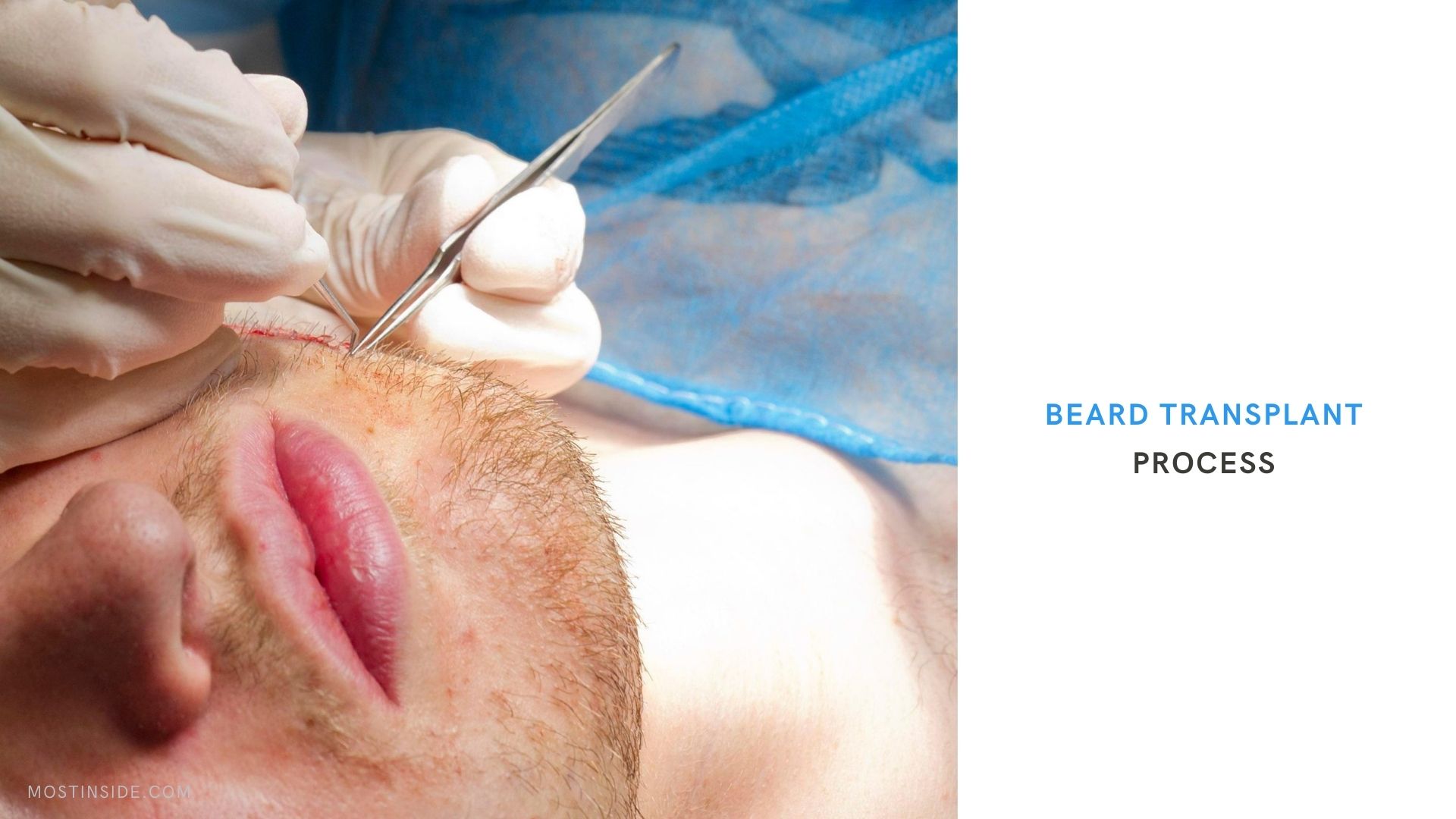The Beard Transplant Process You May Not Know About

Many men or transitioning men have struggled with facial hair, or the lack of it, for quite a long time.
Trying to grow a beard and achieve an attractive style such as a circle beard, a goatee, full beard or sideburns, is not a simple process. This is more so if you are already suffering from hair loss or genetically predisposed to premature hair thinning.
Fortunately, you can now get a simple facial hair transplant to the areas that are left patchy and acquire the perfect beard you dream of. Dr. Anthony Bared, leading beard transplant surgeon of Miami, FL, outlines some key pieces of information anyone interested in facial hair loss solutions should keep note of.
Contents
ToggleUnderstanding the Loss of Facial Hair
Several factors can lead to the stunted growth of facial hair. Some of the common causes of reduction in facial hair volumes include genetics, laser hair removal, burns and other types of injuries, and surgery.
The beard transplant procedure can have a variety of goals ranging from a minor filling to cover a limited area to a restoration that will cover the entire beard region.
Generally, the transplant will focus on places where the beard is thin or sparse and more volume is needed.
How Target Areas Are Selected
When performing a facial hair transplant, there is one thing that the surgeon will be looking for: the hair that is the closest match to your beard hair.
Each patient varies from the next, and so do the transplant experiences. For some people, the best hair match could be gotten from the back of the scalp while for others hair from the sides of the scalp seems to work best.
In case any of you are wondering: no, you cannot get a donation of beard hair from anybody else. You will have to be your hair donor as your body can reject transplanted hairs from outside donors.
The actual site where the hair will be transplanted also matters. For instance, hair from the sides of the scalp matches well with the sideburns and lateral cheeks.
Two Popular Facial Hair Transplant Techniques
Two main procedures are followed when carrying out a hair follicle transplant. The first is the follicular unit extraction, a principle by which donor follicles will be removed from your head using a circular incision and transferring the hair to the affected region.
The second method is the follicular unit transplantation whereby hair follicles are harvested and worked on under a microscope, creating natural-looking grafts which are then transferred to the area they are needed as single or double hair grafts. The second procedure is new and cutting-edge.
The best part about these two procedures is that scarring is minimal in both cases. The surgeons also make sure that hair can grow through the small and almost undetectable scars so that the normal appearance can resume.
For the transplanted area, the hairs are transplanted as single grafts, and in some cases as two hair grafts. Care is taken to ensure that natural growth occurs after the transplant because the procedure is permanent.
Each procedure will need a different number of grafts that range in volume for different reasons. For example:
- Trying to replace a mustache? A patient will need about 350 to 500 grafts
- If you want a full-goatee, you may need between 500 and 900 grafts
- Cheek beards typically need 900 grafts each
- If you are looking forward to replacing both sideburns, you will need about 600 grafts
If you are interested in more than moderate hair density, you should think about getting a second and smaller procedure to make it possible.
What To Expect After Surgery
It is important to set your expectations for before, during, and after the transplant surgery because this will determine how well you track your progress. First, here are the common side effects of the surgery:
Tenderness, redness, and minor swelling of the implant area for a few days after the surgery.
Hair shedding-this is one side effect that causes panic among patients because it seems a little strange to lose hair while trying to gain more of it. However, even if the hair is shedding off, the follicles are still alive and will produce new hair strands with time.
The regular effects of using anesthesia should also be expected.
As you can see, this is a minor procedure that does not cause any form of danger or health challenge. Besides, the surgeon will recommend the care procedures that you should apply when recovering from the surgery so that you can achieve success in the entire process.
Can I Style My Beard After a Facial Hair Transplant?
Another concern that most people have to go into a beard transplant is whether they will be in a position to cut and style their beard after. The recovery period and time allowed for the hair to completely grow back after a beard transplant is a minimum of three months. After this recovery period, you can style and shape your beard as you would like to.
This recovery period is also recommended before trying to style the hair to avoid ruining the newly placed follicles.
Recommended For You
5 Surprising Benefits of Boxing Workouts You Probably Didn’t Know
Most Inside
Most Inside offers high-quality recommendations and valuable updates to enhance all aspects of your life, providing premium guidance and enriching experiences.




